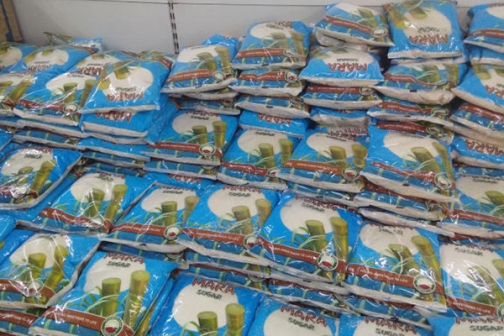×
The Standard e-Paper
Informed Minds Prefer The Standard

The Agriculture and Food Authority has directed sugar millers to employ more distributor channels to help address the alleged shortage of the commodity that has thrown the country into panic.
The Sugar Directorate, which is the sector’s regulator, gave the directive as it responded to reports that there was an acute shortage.